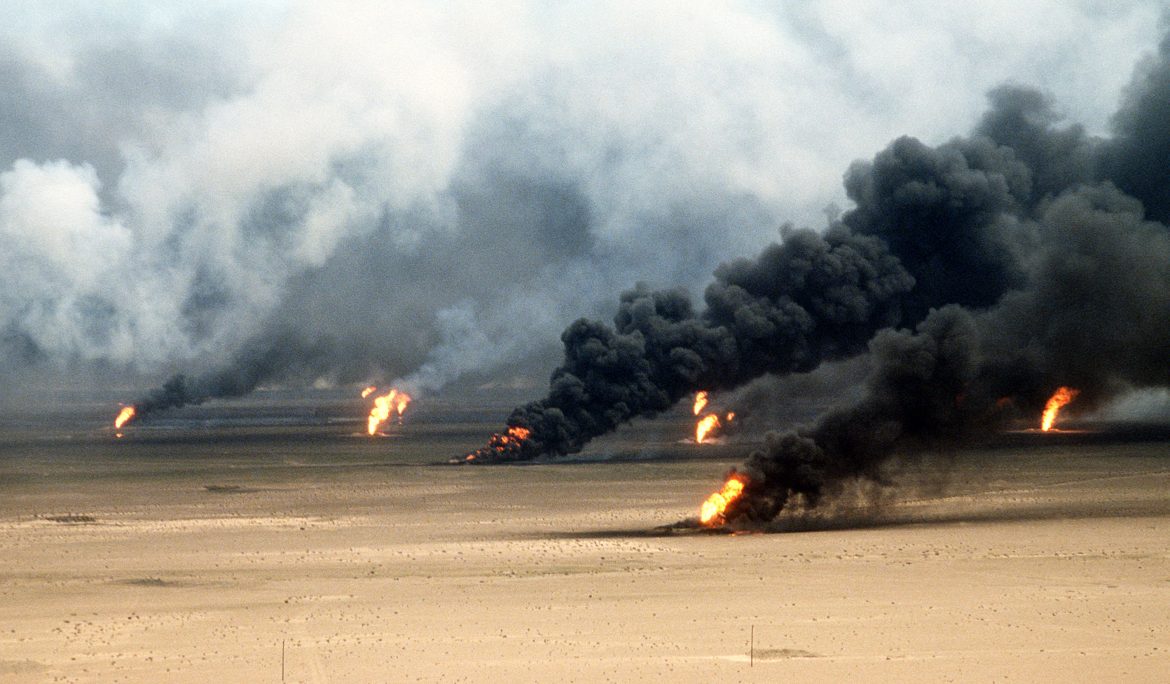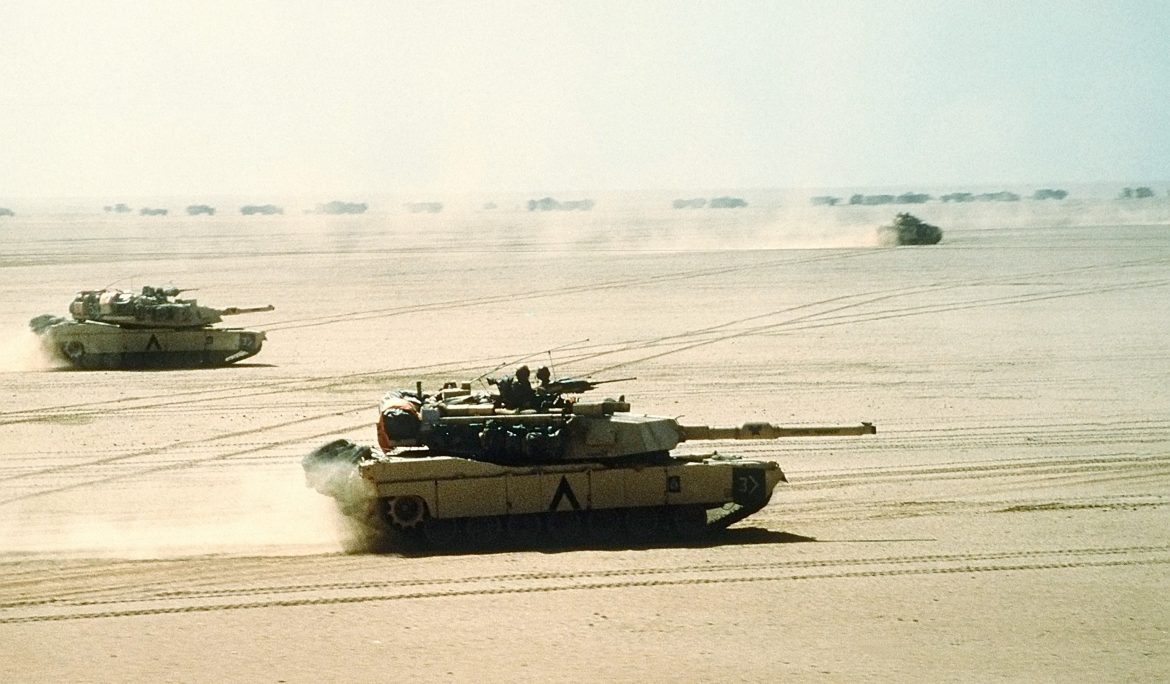Verification and Transparency: Learning from Project Coast
Introduction to Historical Notes, Issue #5 The fifth issue of the Historical Notes series was prepared by Professor Brian Rappert, Ms Lizeka Tandwa and Dr Chandré Gould. The South African Defence Force (SADF) established a top-secret chemical and biological weapon (CBW) programme code-named ‘Project Coast’ that operated between 1981 and 1995. Its primary aims were to develop a defensive capability for the SADF and weaponise chemical agents for crowd control, specifically during protests, and for the targeted assassinations of political activists in and outside of South Africa. The history and motives of this CBW programme, as far as it can …
Allegations of Iranian Use of Chemical Weapons in the 1980–88 Gulf War – Preface
Whether Iran launched chemical weapon (CW) attacks against Iraq during the 1980-88 Gulf War has been the subject of a long-lasting controversy. Iraq was responsible for initiating chemical warfare in the early 1980s in blatant violation of the 1925 Geneva Protocol prohibiting CW use in war (since then, more broadly termed ‘armed conflict’). Negotiations for the Chemical Weapons Convention were ongoing and would not be concluded until September 1992. Nothing in the Geneva Protocol prevented Iran from developing, producing and stockpiling CW. Little stood in its way to retaliate in kind. The Gulf War also took place in the final …
Impunity through knowledge management: The legacy of South Africa’s CBW programme
Book review: Brian Rappert and Chandré Gould, The Dis-Eases of Secrecy: Tracing History, Memory & Justice (Jacana Media: Johannesburg, 2017), 261p. It took me almost a year to write this book review. There are reasons why. First, the book is not that easy to read. While one can read it linearly (that is one page after another, as one would normally do), it instead invites readers to follow the logic of the argument, which entails dashing back and forwards from one part in the book to another. Second, the insights are profound, and the reader needs to let them sink …
Allegations of Iranian Use of Chemical Weapons in the 1980–88 Gulf War – Introduction
Allegations that Iran is a chemical weapon (CW) proliferator originated in part with claims that it had used CW during the 1980–88 Iran–Iraq war. Iraq was the principal user of CW during the war. According to Iranian accounts, the first chemical attacks began in January 1981, but independent reports were not published until one and a half years later. Iraqi chemical attacks definitely escalated during the second half of 1983, which eventually led to the first of several investigatory missions organised by UN Secretary-General Javier Pérez de Cuellar in March 1984. Despite the overwhelming evidence of chemical warfare, confirmed by …
Allegations of Iranian Use of Chemical Weapons in the 1980–88 Gulf War – Iran’s offensive preparations
Two factors definitely contributed to the change in Iran’s views on chemical warfare: the systematic Iraqi attacks with CW from 1983 onwards and the lack of response from the international community for the Iraqi violations of international law. Iran’s chemical weapons (CW) armament programme started late into the war. Such a programme is complex and involves many phases, including research and development, setting up a production base, weaponisation, offensive and defensive doctrine development, establishment of logistics and operational support, training, and protection and defence. Consequently, Iran cannot be expected to have developed an advanced chemical warfare capability before the cease-fire …
Allegations of Iranian Use of Chemical Weapons in the 1980–88 Gulf War – Conclusion
Was Iran responsible for the CW atrocity in Halabja? The question therefore arises whether the United States may have been politically motivated to place the main responsibility for Halabja with Iran. The allegation came as Washington was visibly tilting towards Iraq. Soon after the US State Department blamed Iran for the events, US officials were quoted as saying that the finding undermined the propaganda advantage Iran was seeking by publicising the attacks.[1] From this angle, the US assertion might be viewed as an attempt to undermine the moral high ground regarding chemical warfare Iran desperately tried to maintain during the …
Tear gas from the trenches into city streets
Book Review Anna Feigenbaum, Tear Gas (Verso: London, 2017), 224p. Anna Feigenbaum is an academic at the Centre for the Study of Journalism, Culture and Community, Bournemouth University. Her interest lies in data storytelling, an approach that benefits from increasing access to data to build a more complex narrative in support of social change. That narrative is furthermore interwoven with practitioners’ experience and empirical research. Her just published book Tear Gas: From the Battlefields of WW1 to the Streets of Today uses this approach to explain how a chemical warfare agent first used over a century ago has become a …
Debunking the myth of Nazi mosquito-borne biological weapons
Starting at the end of January, several press items reported on an academic article published in the December edition of the quarterly magazine Endeavour. Based on documents from the Dachau concentration camp, Dr Klaus Reinhardt, a biologist at the University of Tübingen uncovered that Nazi scientists wanted to use mosquitos as insect vector for the delivery of malaria plasmodium protozoans. According to the article abstract: In January 1942, Heinrich Himmler, head of the Schutzstaffel (SS) and police in Nazi Germany, ordered the creation of an entomological institute to study the physiology and control of insects that inflict harm to humans. …



